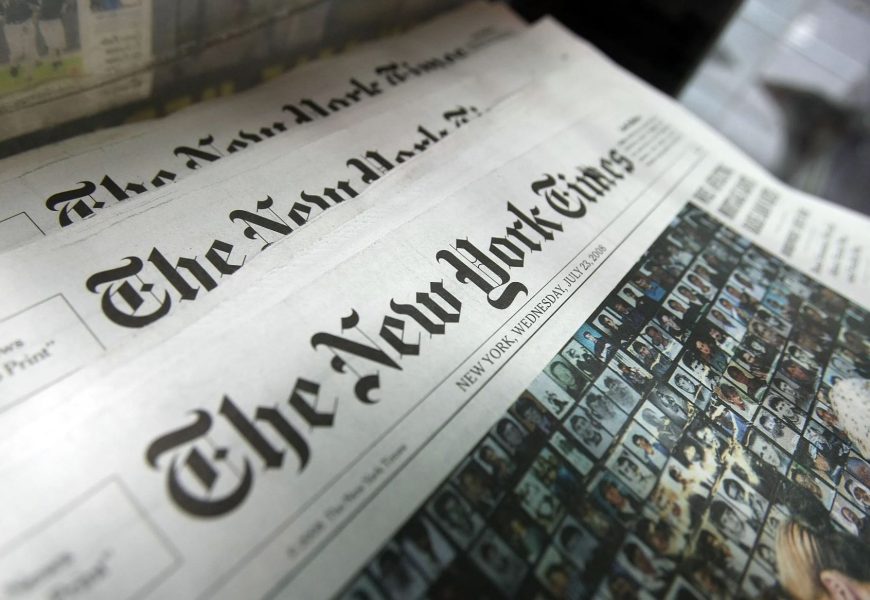Some legal experts note that Mr. Trump's order goes even further. He "has also authorized deployment of troops anywhere in the country where protests against Immigration and Customs Enforcement are occurring or are likely to occur, even if they are entirely peaceful," Liza Goitein, the senior director at the liberty and national security program at the Brennan Center for Justice, said in a social post. "That is unprecedented and a clear abuse of the law."
There is, however, a long tradition of political protest making America stronger. And protesters will do nothing to further their cause if they resort to violence. But Mr. Trump's order establishes neither law nor order. Rather it sends the message that the administration is interested in only overreaction and overreach. The scenes of tear gas in Los Angeles streets on Sunday underscored that point: that Mr. Trump's idea of law and order is strong-handed, disproportionate intervention that adds chaos, anxiety and risk to already tense situations.
In 2020 it was Gen. Mark Milley, Defense Secretary Mark Esper and Attorney General William Barr who stepped in and overruled Mr. Trump in his pursuit of using active-duty troops to bring a violent end to demonstrations in Lafayette Square, much to the president's frustration. His current attorney general, Pam Bondi, and secretary of defense, Pete Hegseth, have shown little reservation about potentially putting troops in a position where they might have to decide whether to follow an illegal or immoral order or unnecessarily endanger civilians. These are men and women who have sworn an oath to something more powerful than the current commander in chief: the Constitution. With little leadership, it appears they themselves will have to become students of the law and ethics that should guide their conduct. One can only hope they choose the right path.
The biggest challenge posed by Mr. Trump federalizing the National Guard is this: What's the limiting principle? Could any president order federalized combat troops to enforce his or her whims? And ultimately, who and what is the U.S. military in service to - the American public or the president's political agenda?
With this Trump White House, there's a strong guarantee that the answer will not be sought in the rule of law, longstanding values or established norms. Instead, it will come down to - as it always does with this administration - whatever most serves the president's interests and impulses.






